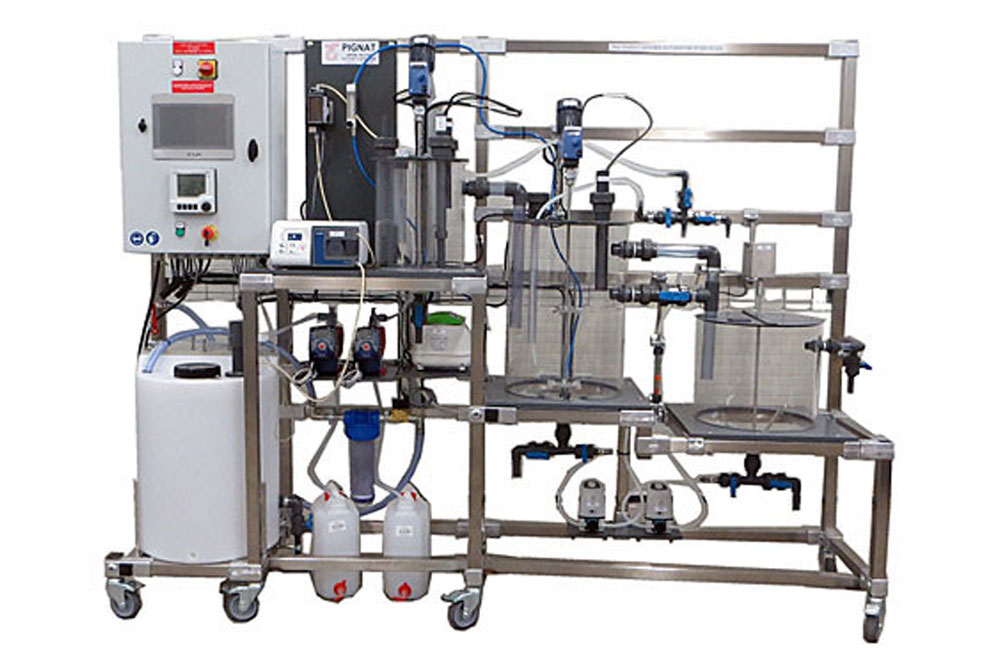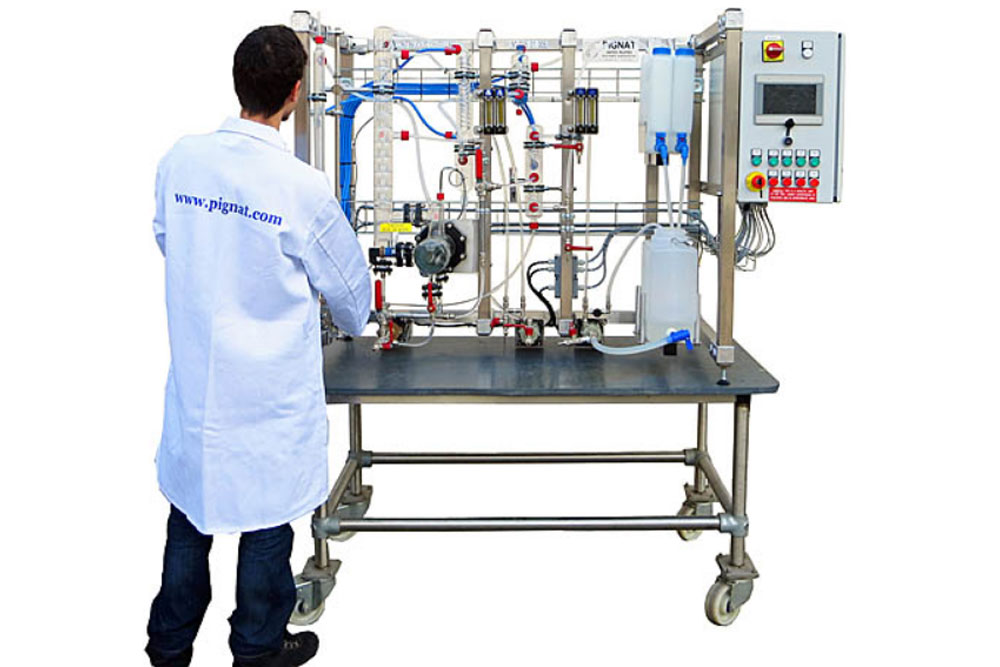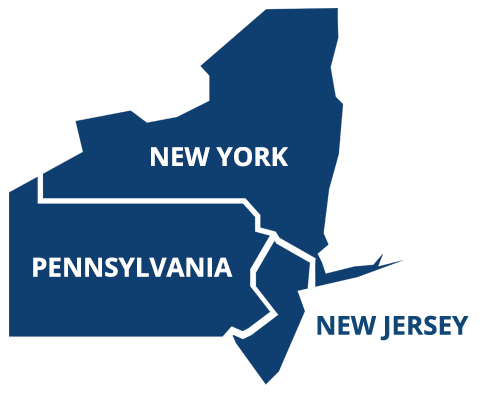Pignat Engineering Training Equipment
Pignat engineering training equipment has been instrumental in training generations of engineers, operators, and technicians all over the world. With great attention to detail, Pignat creates systems and units that can be completely integrated, and available with a wide selection of control and data acquisition options. Safety is always a priority and ensured with explosion-proof motors and drives, lock-out/tag-out, and pressure limiting devices. All of this adds up to chemical engineering solutions that will take your college or university engineering program to the next level!
Description
Educational Engineering
Since 1960, PIGNAT has been dedicated to the design and production of industry leading chemical process and educational training systems for university and college level students.

Chemical Processing
Equipment includes 60+ trainers created for technical and professional chemical engineering education and experimentation. Sets come complete with multiple levels of computerization.
Study areas include: Absorption, Adsorption, Crystallization, Distillation, Ebulliometer, Extraction, Evaporation, Filtration, Reaction
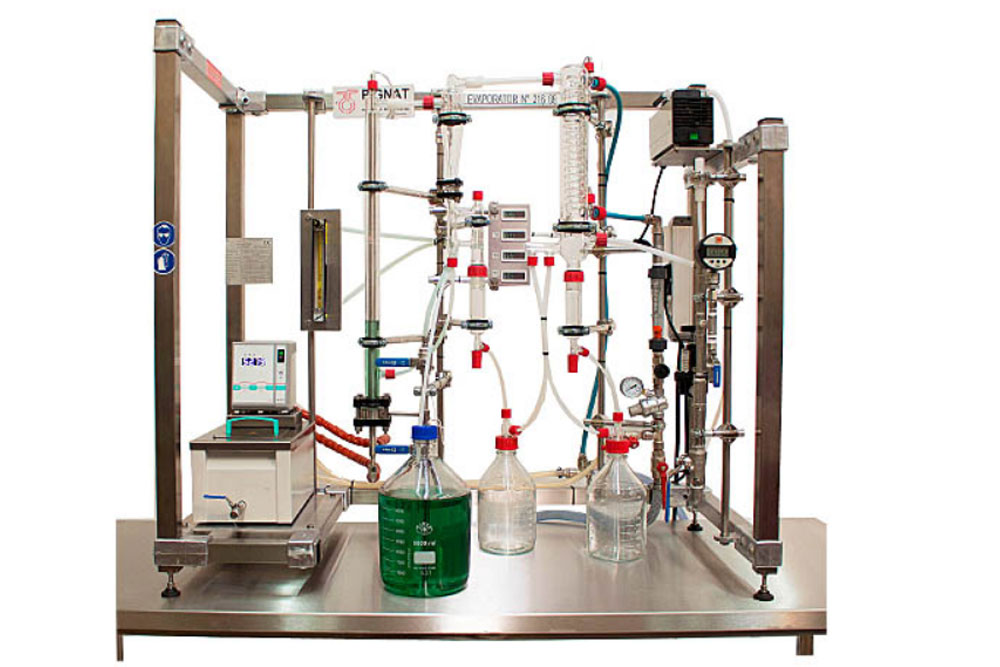
Environmental/Wastewater Engineering
Practical workshops in chemical engineering, environmental, and water and waste treatment techniques.
Study areas include: Biological Processes, Filtration, Ion Exchanges, Reverse Osmosis, Water Treatment, Waste Treatment, Ultrafiltration
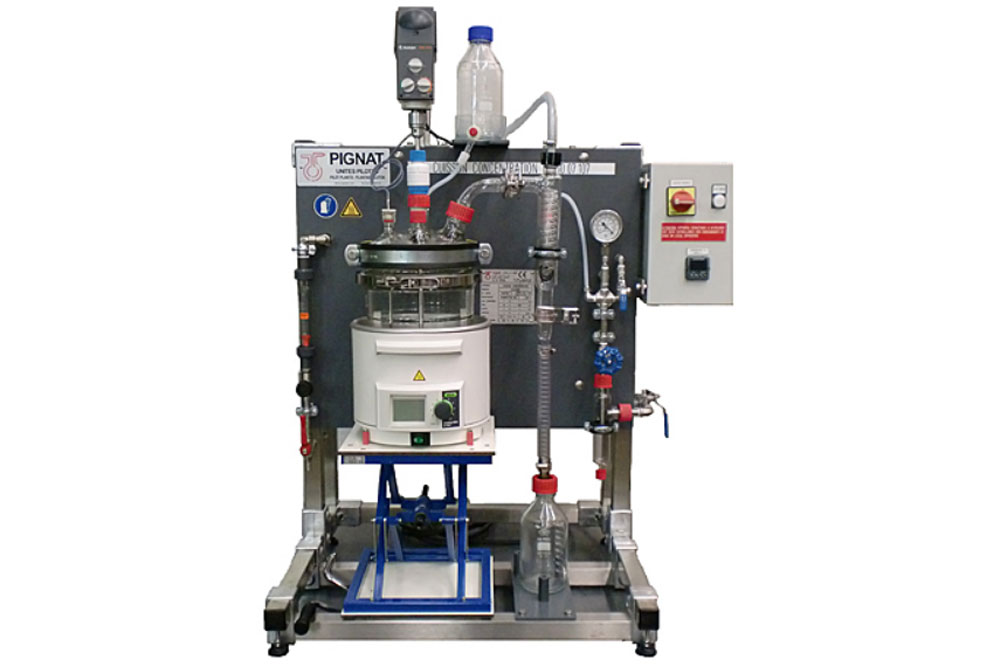
Bio/Food Processing
Multi-level food processing training units designed for technical and professional programs.
Study areas include: Concentration Crystallization, Extraction, Fermentation, Filtration, Mini Plants, Pasteurization, Solid Treatment, Spray Drying, Accessories
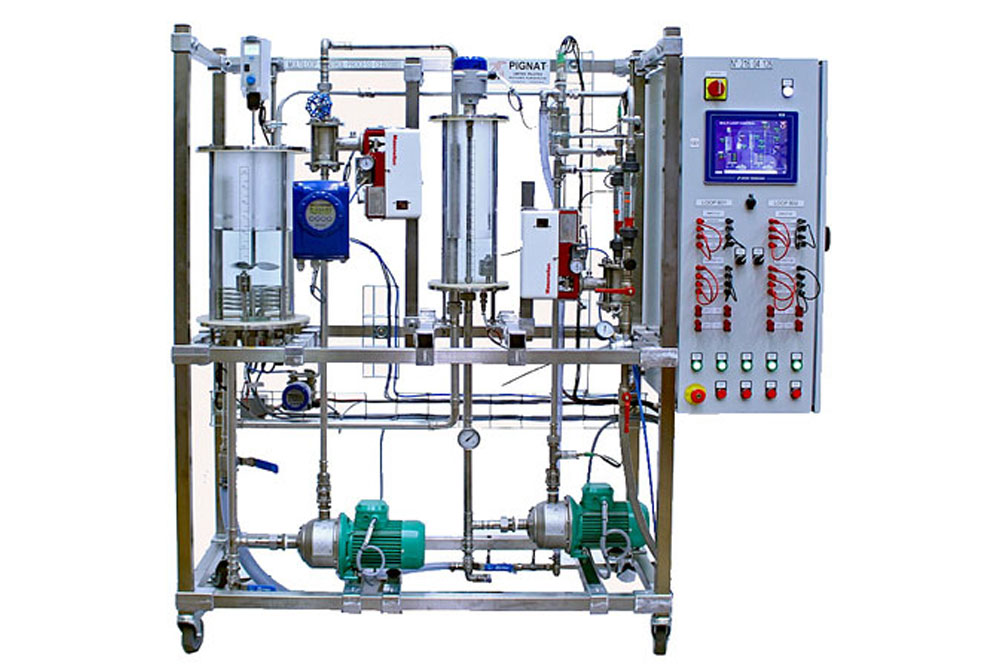
Instrumentation & Control
Sensors technology, control loop structures, and automatism trainers.
Study areas include: Actuators, Automatism, Complex Control Loops, Single Control Loops, Sensors, Utility
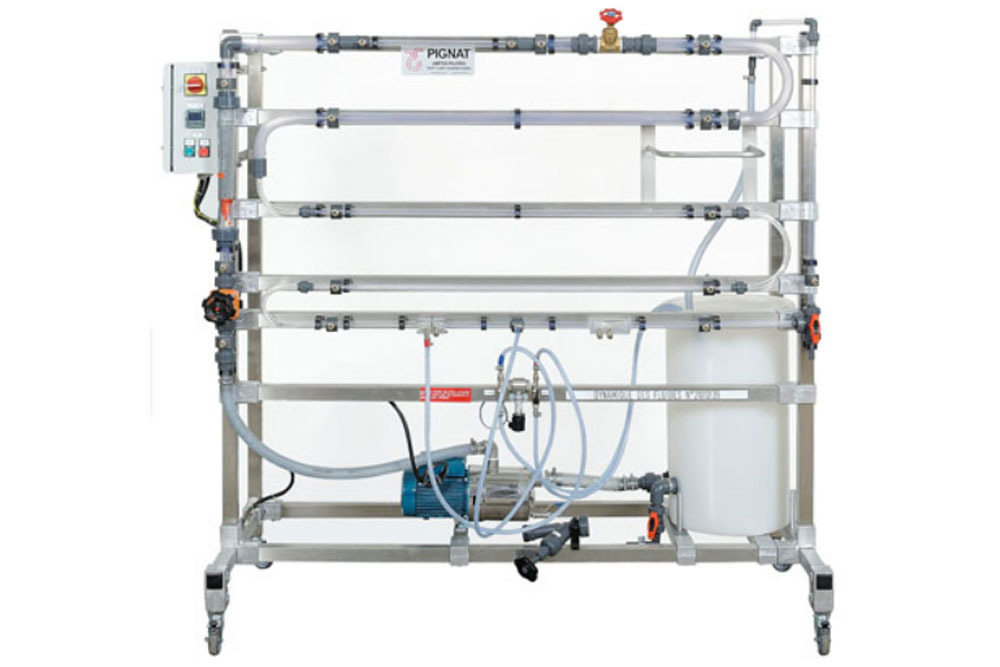
Fluid Dynamics
Training Units for Hydrodynamics and Pumps.
Study areas include: Aerodynamics, Fluidization, Pumps Test Rigs, Dynamics Laws
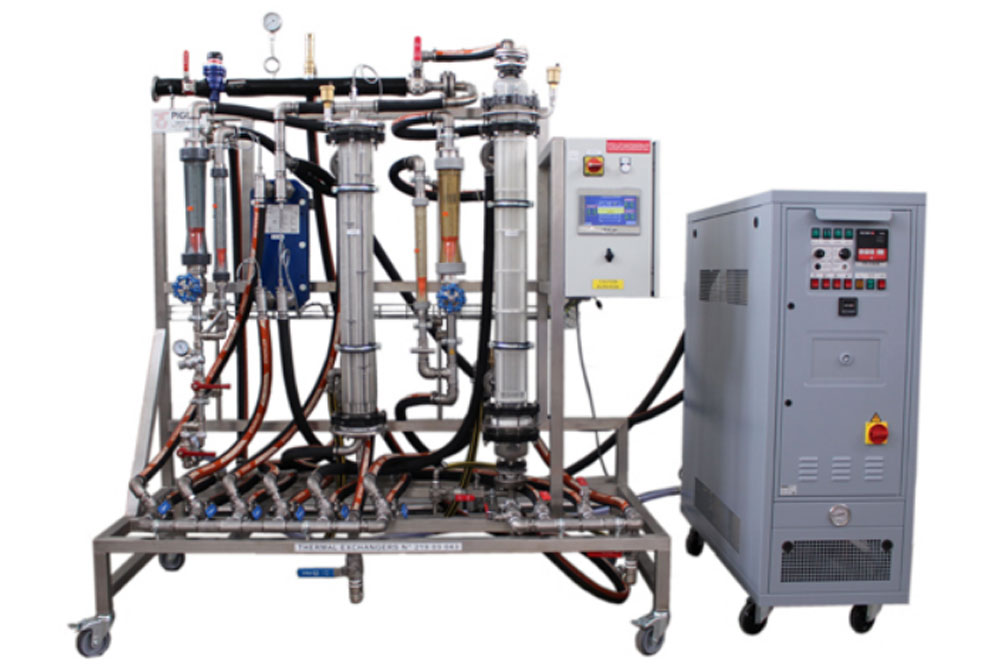
Heat Exchange
Heat Transfers and Thermics, including Thermal Machines.
Study areas include: Conduction, Industrial Heat Exchanger, Single-tube Heat Exchanger, Thermal Control of a Reactor, Thermal Heat Exchangers, Three Exchanger Test Rig
A Few Examples…
Pignat Electrical Engineering Training Systems are high quality, innovative units that will provide your students with top of the line educational experience. Here are a few example trainers to illustrate the level of quality and detail you can expect from every Pignat trainer.
Continuous Distillation
Distillation is a method that involves the transfer of heat and materials to achieve the separation of one or more products with varying levels of volatility. This separation is accomplished through a series of vaporizations and condensations.
The underlying principle is that vapor generated from a mixture is in equilibrium with the liquid phase of the mixture and typically has a higher concentration of the most volatile compound. The process takes place within a column, which can be either packed or consist of plates, strategically designed to optimize contact and material exchange between the ascending vapor and descending liquid within the column.
These separations can be conducted through either continuous or discontinuous (batch) processes.
Water/Waste Water Treatment – Automated Biological Treatment
In this approach, an aerated reactor serves as the habitat for thriving populations of microorganisms responsible for breaking down dissolved organic pollutants, such as COD (Chemical Oxygen Demand) and BOD5 (Biochemical Oxygen Demand).
This reactor is intricately linked to a clarifier, facilitating the physical separation of the treated effluent and biomass through settling processes. Additionally, the treatment of nitrogen compounds, specifically nitrates, can be achieved by either cultivating an anoxic working range within the aerated basin (characterized by a lack of ventilation) or by establishing a separate, unventilated anoxic basin upstream.
Instrumentation and Process Control – 4 Variable Process Control Trainer
This independent unit consists of two tanks and two pumps operating within a closed circuit, providing a platform for the exploration and configuration of various control loops, either individually or in cascade.
Key features include:
- Control of water flow rate through valve adjustment
- Water level regulation via valve manipulation
- Discharge pressure management through pump variator control
- Water level adjustment through pump variator control
- Bath temperature regulation utilizing an electrical heater
- Control of exchanger outlet temperature via valve manipulation
- Flow/level cascade control through valve adjustment
- Discharge pressure/level cascade control by manipulating the variator
Simultaneous operation of two control loops is possible, facilitated by safety plugs connecting sensors, controllers, and actuators. The components employed are industrial-grade, allowing for in-depth technological study with the aid of technical documents provided in the accompanying technical file.
A tactile screen displays measurements, control parameter settings, the auto/manual operating mode, and records data onto a USB stick.

